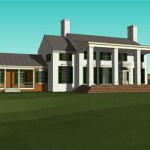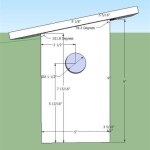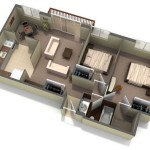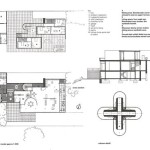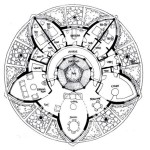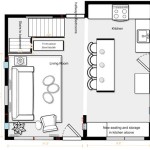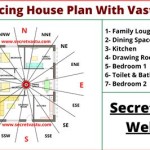Essential Aspects of Floor Plans for Tiny Homes
Tiny homes have become increasingly popular in recent years due to their affordability, sustainability, and mobility. Creating a well-thought-out floor plan is crucial for maximizing space and functionality in these small living spaces. Here are some essential aspects to consider when designing a floor plan for a tiny home:
1. Size and Dimensions
The size and dimensions of your tiny home will determine the layout and space available. Consider the number of people who will be living in the home and the activities you plan to do. Tiny homes typically range from 100 to 400 square feet, so it's important to carefully plan the placement of furniture and appliances.
2. Layout and Flow
The layout of the tiny home should create a functional and comfortable living space. Consider the following flow of activities: entering the home, cooking, dining, sleeping, and bathing. Create a floor plan that allows for easy movement between these areas.
3. Multi-Purpose Spaces
In tiny homes, it's essential to maximize space by creating multi-purpose areas. For example, a loft can serve as a sleeping area and storage space, while a couch can double as a bed. Consider using folding furniture or movable partitions to create flexible spaces that can adapt to different needs.
4. Storage Solutions
Storage is a crucial consideration in tiny homes. Utilize vertical space with shelves and overhead cabinets. Under-bed storage, built-in drawers, and hidden storage compartments can help keep clutter at bay. Consider multi-functional furniture that provides both storage and seating.
5. Natural Lighting
Natural lighting can make a tiny home feel more spacious and inviting. Incorporate windows and skylights into the floor plan to maximize natural light. Position windows strategically to capture sunlight and create a sense of openness.
6. Ventilation and Airflow
Proper ventilation is essential for air quality and comfort in tiny homes. Include windows and ventilation fans to ensure adequate airflow. Cross-ventilation is ideal, allowing air to flow through the home and prevent stale air buildup.
7. Energy Efficiency
Tiny homes often have limited energy resources, so it's important to design a floor plan that promotes energy efficiency. Consider using energy-efficient appliances, lighting, and windows. Insulation and proper air sealing can help reduce heating and cooling costs.
8. Safety Considerations
Safety should be a priority in tiny home floor plans. Ensure there are clear escape routes in case of an emergency. Install smoke detectors and fire extinguishers. If there are stairs or lofts, consider adding railings or safety gates to prevent falls.
9. Accessibility
If accessibility is a concern, consider designing a floor plan that meets universal design principles. This includes providing wider doorways, accessible showers, and zero-step entrances. Adjustable furniture and height-adjustable counters can also enhance accessibility.
10. Personal Style
Don't forget to incorporate your personal style into the floor plan. Choose colors, materials, and finishes that reflect your taste and create a comfortable living space. Tiny homes can be a great opportunity to experiment with innovative and creative design solutions.
By considering these essential aspects, you can create a well-designed floor plan that maximizes space, functionality, and comfort in your tiny home. Remember to tailor the floor plan to your specific needs and preferences, and don't be afraid to experiment with different layouts and design ideas.

Tiny House Floor Plans With Lower Level Beds Tinyhousedesign Design

Tiny House Floor Plans Design Your

12x24 Tiny House Plans Floor Layout Shed

Tiny House Design Floor Plans

Tiny House Floor Plans 32 Home On Wheels Design

Tiny House Plan Examples

The Athrú Tiny House Humble Homes

10 X 20 Tiny Home Designs Floorplans Costs And Inspiration The Life

2 Bedroom Tiny House Floor Plan

Affordable Tiny House 18 X 28 Adu In Law Cabin

